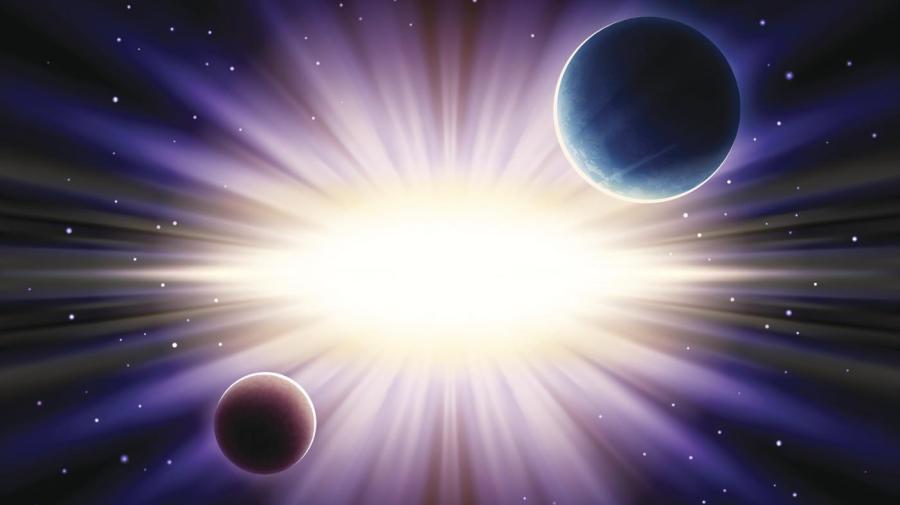What Happens After a Supernova?

Depending on the size of the star before it explodes as a supernova, the core of the star either shrinks back into a tiny neutron star or becomes a black hole. If the star is only a few times bigger than the sun, the core becomes a tiny neutron star. If the star is much bigger than the sun, the chances of it becoming a black hole are much greater.
A supernova lasts between one to two years. This type of explosion usually happens because the core of the star has collapsed in on itself. The collapse happens in about less than a second, then the outer layers of the star are blown off in a mighty explosion. The pieces of the star that are flung off during the shock wave help form new stars.
In a galaxy that is close to the size of the Milky Way, supernovas occur roughly every 50 years. Scientists predict, however, that a supernova happens around every second across the universe based on how many galaxies have been observed.
There are two ways that a supernova happens. A Type I supernova occurs when a star accumulates too much matter from nearby stars. Eventually, this leads to a nuclear reaction. A Type II supernova occurs after a star runs out of nuclear fuel and the force of its own gravity becomes too much.





